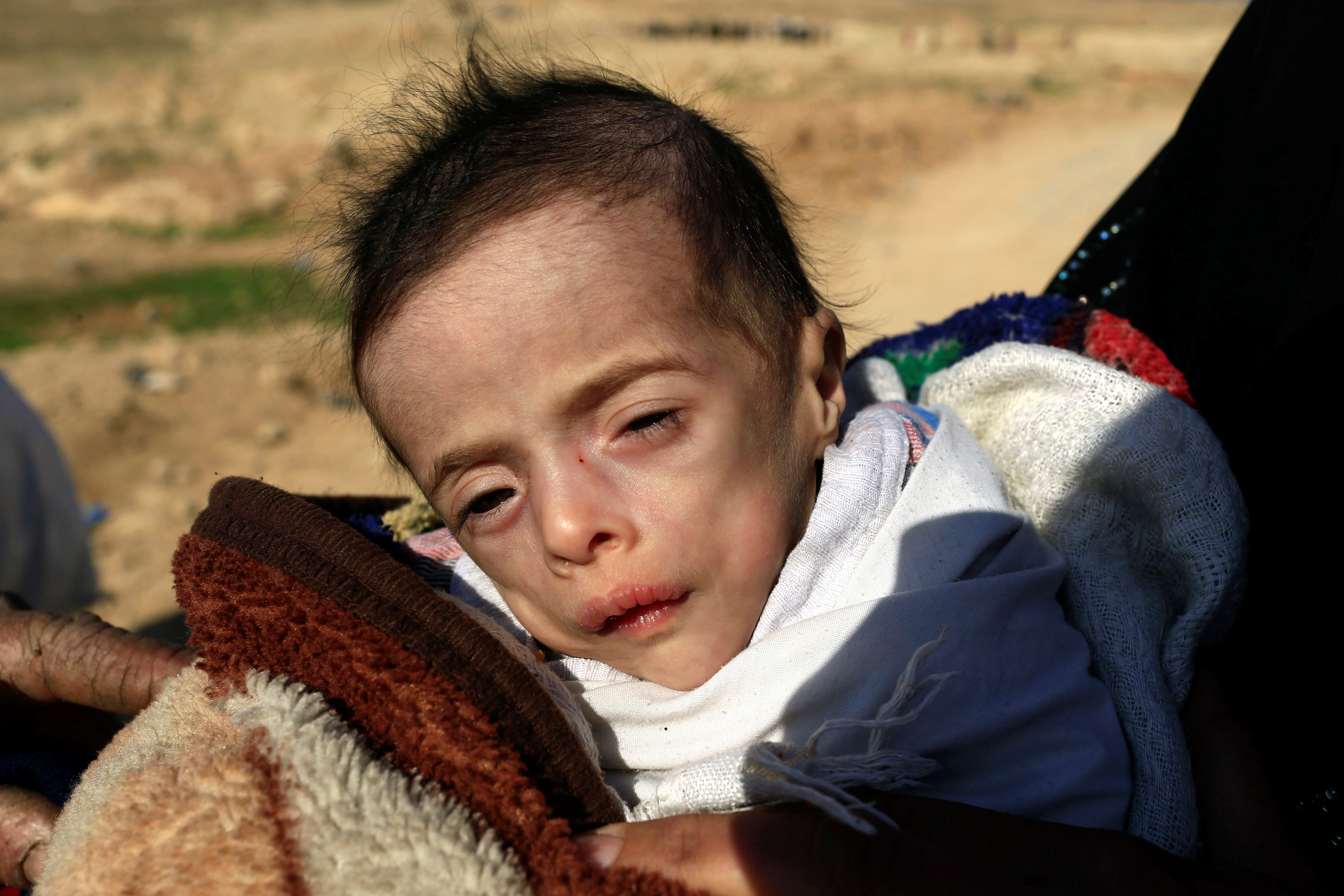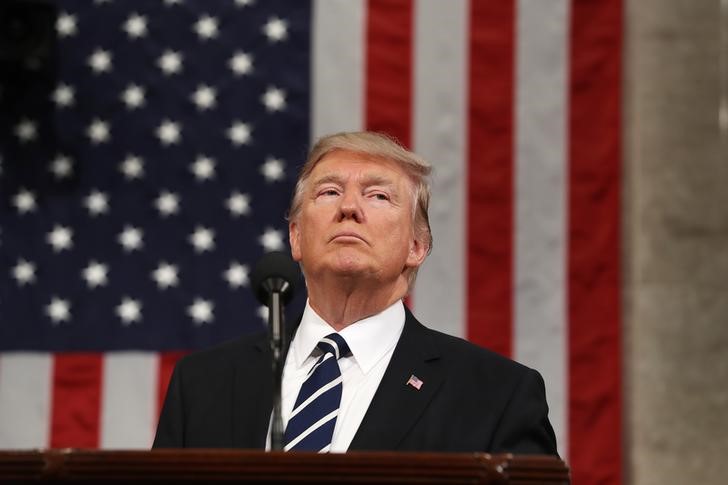
By Patrick Markey and John Davison
MOSUL, Iraq (Reuters) – Iraqi government forces battling Islamic State for Mosul took control of a main bridge over the Tigris river on Wednesday and advanced towards the mosque where the group’s leader declared a caliphate in 2014, federal police said.
The seizure of the Iron Bridge, linking eastern Mosul with the militant-held Old City on the west side, means the government holds three of the five bridges over the Tigris and bolsters Prime Minister Haider al-Abadi’s assertion that the battle is reaching its final stages.
The bridge, which was damaged in fighting late last year, was captured by federal police and Interior Ministry Rapid Response units, a police statement said.
The gains were made in heavy fighting in which troops fought street-by-street against an enemy using suicide car bombs, mortar and sniper fire, and grenade-dropping drones to defend what was once their main stronghold.
“Our troops are making a steady advance … and we are now less than 800 meters from the mosque,” a federal police spokesman said.
Losing the city would be a huge blow to Islamic State as it has served as the group’s de facto capital since its leader Abu Bakr al-Baghdadi proclaimed himself head of a caliphate spanning Iraq and Syria from the Nuri Mosque in July 2014.
The capture of the mosque would thus be a huge symbolic victory as well as a concrete gain. But many hard days of fighting could still lie ahead as government forces try to make headway in the streets and narrow alleyways of the Old City.
Islamic State fighters have booby-trapped houses, and government forces will also be fighting amongst civilians, ruling out the extensive use of air and artillery support.
Heavy fighting was also reported on Wednesday around the Mosul museum by journalists and combatants. An Islamic State suicide car bomb exploded near the museum. Helicopters strafed the ground with machinegun fire and missiles.
DECISIVE STAGE
The intense combat marked a decisive stage in the battle for Mosul which started on Oct. 17 last year, and in the wider struggle against Islamic State.
In neighboring Syria, three separate forces are advancing on the city of Raqqa, the main Syrian city under Islamic State control.
As well as waging jihad in Iraq and Syria, the militants have inspired attacks in cities in Europe, Africa and elsewhere that have killed hundreds of civilians.
In Baghdad, Abadi said: “Daesh (Islamic State) become day after day surrounded inside a tight area and they are in their final days.”
In a news conference on Tuesday night, he warned the insurgents that they must surrender or face death.
“We will preserve families of Daesh who are civilians but we will punish the terrorists and bring them to justice if they surrender,” he said. “They are cornered and if they will not surrender. They will definitely get killed.”Iraqi officers said cloudy weather hampered air cover on Wednesday morning. Police commander Younes Jabouri said troops were moving forward but it was not easy because of the weather.
“We’re on the edge of the Old City. There are lots of shops, garages and markets and a lot of residents and small streets and alleyways. It takes time because there are a lot of civilians and Daesh uses them as human shields, they don’t let them leave,” he said.
Residents have streamed out of western neighborhoods recaptured by the government, many desperately hungry and traumatized by living under Islamic State’s harsh rule.
Haider Ibrahim Rohawi, a market trader, was fleeing Lagedat district with his family, pushing his possessions in a handcart.
“Yesterday afternoon the army came. Just a day before Daesh were in our houses with us. There was a lot of fighting. They shot one of the Daesh right in front of me. Everyone is threatened by Daesh, that’s why we leave. The area is freed. We have no power, no fuel, nothing.”
As many as 600,000 civilians are still trapped with the militants inside Mosul. The Ministry of Immigration and Displacement said on Tuesday that in recent days, almost 13,000 displaced people from western Mosul had been given assistance and temporary accommodation each day, adding to the 200,000 already displaced.
Staff Brigadier Falah al-Obeidi of the Counter Terrorism Service (CTS) told Reuters his troops on Wednesday took control over the Dor al-Sikak and al-Nafut areas, site of the militants’ main weapons stores in Mosul just west of the Old City.
“Yesterday resistance was very strong in that area. It’s where their stores are, and the people living there, both men and women, are with them (supporters or members),” he said.
Aerial surveillance photos showed women carrying guns, Obeidi said.
CTS troops also brought in a Russian-made missile and two warheads. They had found 40 more such missiles stored in homes in Dor al-Sikak.
(Additional reporting by Ahmed Rasheed in Baghdad; Writing by Angus MacSwan in Erbil; Editing by Louise Ireland and Dominic Evans)










